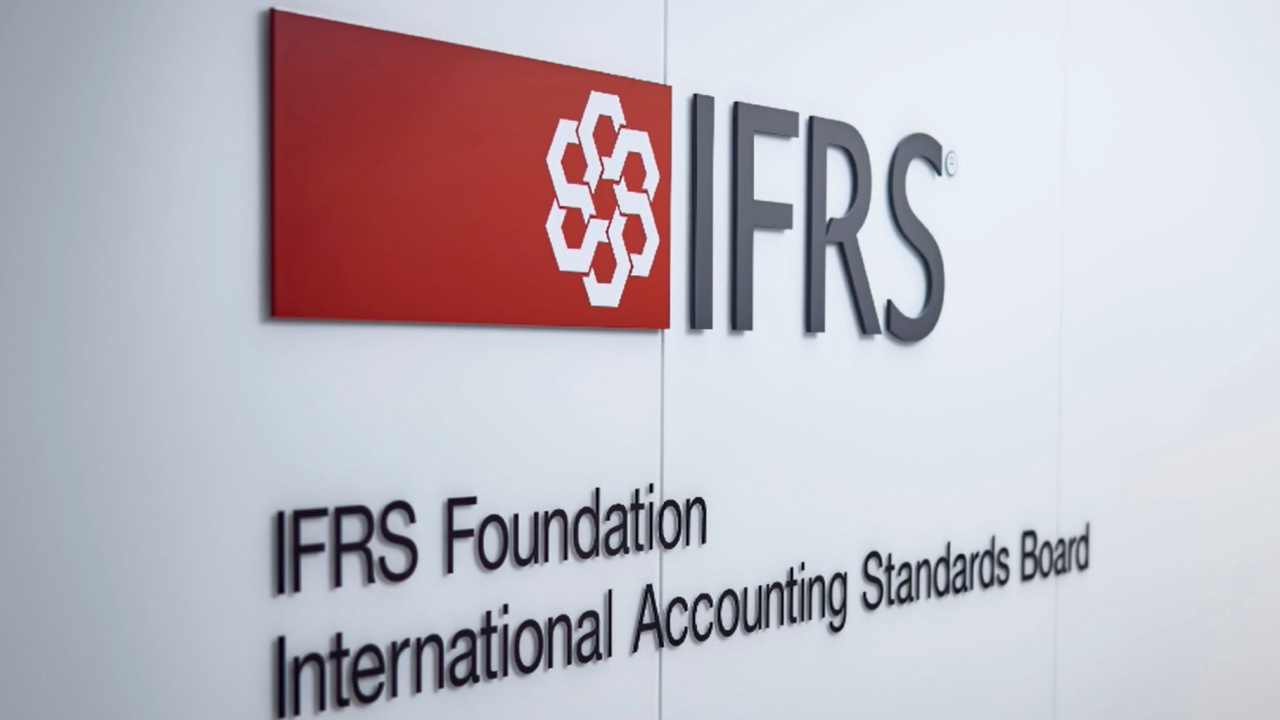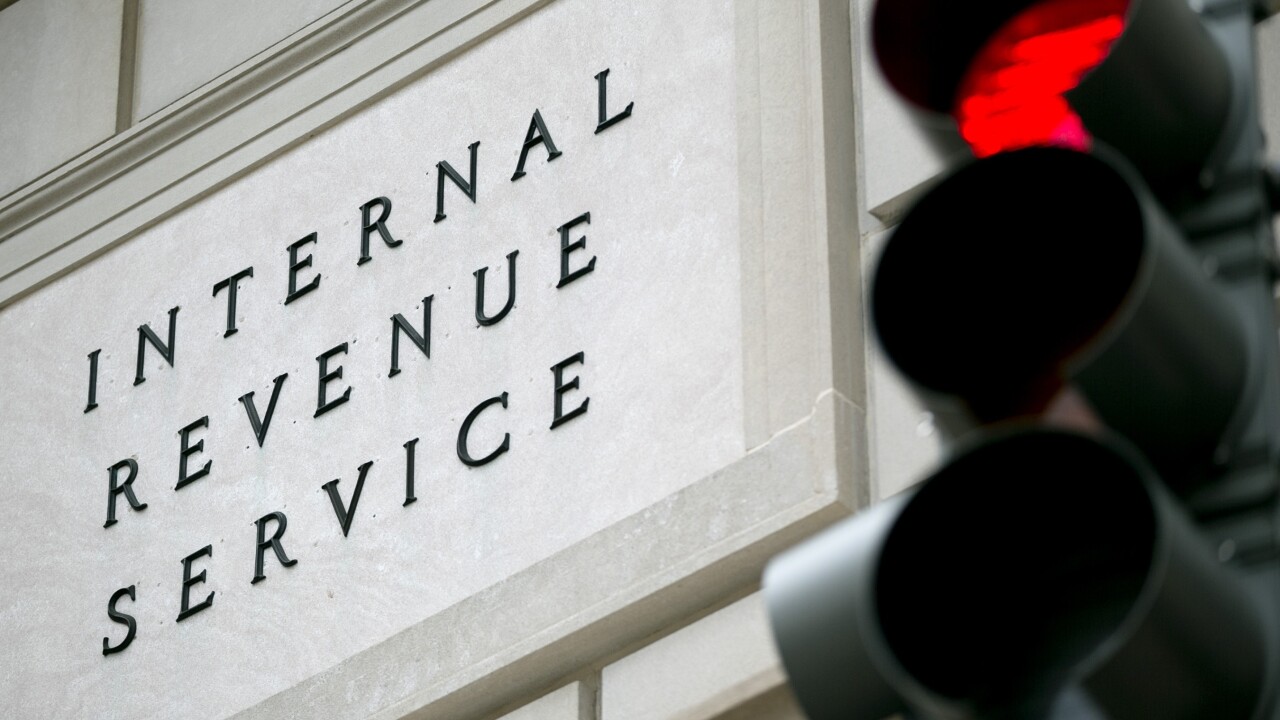The Internal Revenue Service recently set forth administrative guidance indicating it is extending the transition period during which taxpayers are required to adhere to the much more arduous and onerous R&D tax credit reporting requirements in connection with amending tax returns within open statute years for R&D tax credit claims for refund.
The transition period has now been extended through Jan. 10, 2024 in which taxpayers are afforded a full 45 days to perfect a R&D tax credit claim for refund with reporting deficiencies prior to the Service's final determination on the claim.
Under previous administrative authority issued by the IRS in 2021 that went into effect earlier this year on Jan. 10, 2022 taxpayers filing a valid R&D tax credit claim for refund under IRC Section 41 must provide, at a minimum, five essential pieces of contemporaneous documentation including:
1. The identification of all the business components that form the factual basis of the R&D tax credit claim for the claim year (i.e., business components as statutorily defined under Section 41(d)(2)(B) must be clearly identified).
2. All research activities performed by business component (this must include a description of what the taxpayer did, and how they did it, by business component; it does not need to describe the four-part test under Section 41(d)(1) in detail; language that simply restates the requirements under the Code or Treasury regulations is insufficient);
3. All individuals who performed each research activity by business component (this can be a list, table or narrative but must include the first and last name, and the title/position of the person or persons engaged in the R&D by business component);
4. All the information each individual sought to discover by business component (this can be a list, table or narrative providing the information each individual sought to discover); and
5. The total qualified expenses of employee wage expenses, supply expenses and contract research expenses. The claim should provide the total amount of each of these expense categories. If the Form 6765 is properly completed, that will satisfy this requirement.
In addition to the aforementioned five criteria, a declaration signed under penalty of perjury verifying that the facts and circumstances provided are accurate is now required. In most cases, the signature on Forms 1040X or 1120X serves this function.
From a best practice and risk mitigation perspective, in order to mitigate or avoid income tax return paid preparer penalties pursuant to Section 6694 (e.g., penalties that are assessed on both paid tax return preparers and tax advisors who are deemed paid tax return preparers due to their consulting on matters that constitute a substantial portion of their client's tax returns even if they were not engaged to prepare or review the tax return), a "more likely than not" standard should be satisfied.
The subsequent standards of the applicable levels of opinions should be assiduously analyzed when assessing a tax return filing position pursuant to Circular 230, the Internal Revenue Code, and the corresponding Treasury Regulations:
- "Will"standard: Generally, a 95% or greater probability of success if challenged by the IRS; a "will" opinion generally represents the highest level of assurance that can be provided by an opinion.
- "Should" standard: Generally, a 70% or greater probability of success if challenged by the IRS; a "should" opinion provides a lower level of assurance than is provided by a "will" opinion, but a higher level of assurance than is provided by a "more likely than not" opinion;
- "More likely than not" standard: A greater than 50% probability of success if challenged by the IRS; the "more likely than not" standard is the highest level of accuracy required for purposes of avoiding the accuracy-related penalties under Section 6662A;
- "Substantial authority" standard: Typically, greater than a "realistic possibility of success" standard and lower than the "more likely than not" standard (i.e., 40% probability of success);
- "Realistic possibility of success" standard: Approximately a one-in-three or greater possibility of success if challenged by the Service;
- "Reasonable basis" standard: Significantly higher than the "not frivolous" standard (that is, not deliberately improper) and lower than the "realistic possibility of success" standard, the position must be reasonable based on at least one tax authority that can be cited as valid legal authority;
- "Non-frivolous" standard: Approximately a 10% chance of being upheld upon examination by the Service and accordingly under no circumstance should a tax professional ever render services with this level of comfort; and
- "Frivolous" standard: Approximately a percentage point less than a 10% chance of being upheld upon examination by the Service and accordingly under no circumstances should a tax professional ever render services with this level of comfort.
Each of the standards above has a relevant meaning to both taxpayers and tax professionals when evaluating a tax position and the related disclosure requirements. The percentages listed for "more likely than not" and "realistic possibility of success" are specifically provided for and discussed in the treasury regulations. In contrast, the percentages for "substantial authority," "reasonable basis," "non-frivolous" and "frivolous" have been developed based upon their relative importance in the hierarchy of standards of opinion as principally provided for in congressional committee reports. Moreover, while not mathematically calculable, the percentages are still practical in demonstrating the relative strength of one level as opposed to another level.
The IRS continues to engage with stakeholders on R&D tax credit matters and comments should be directed to





